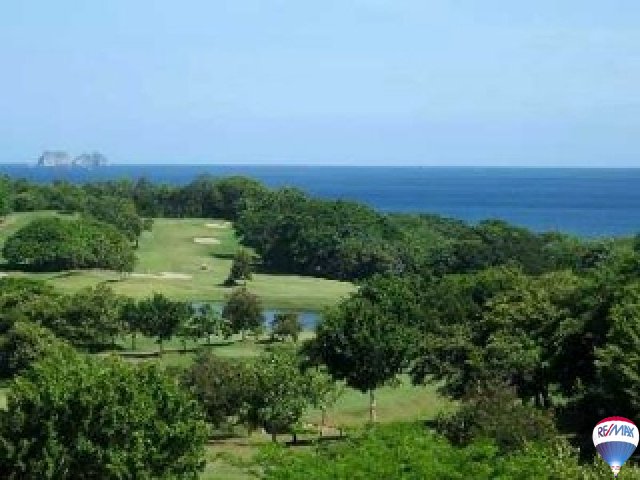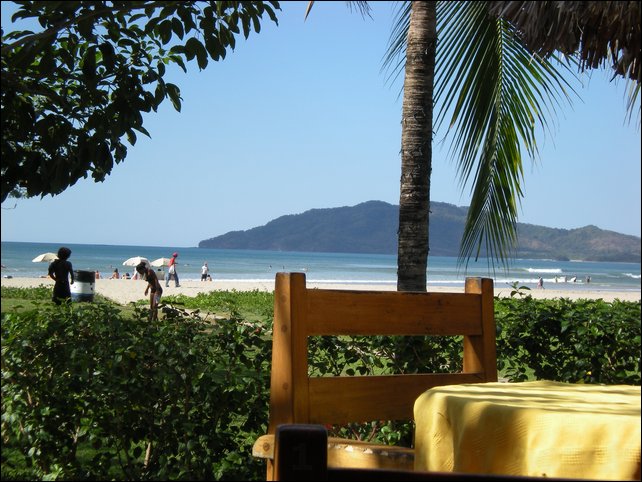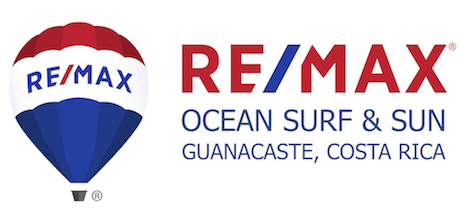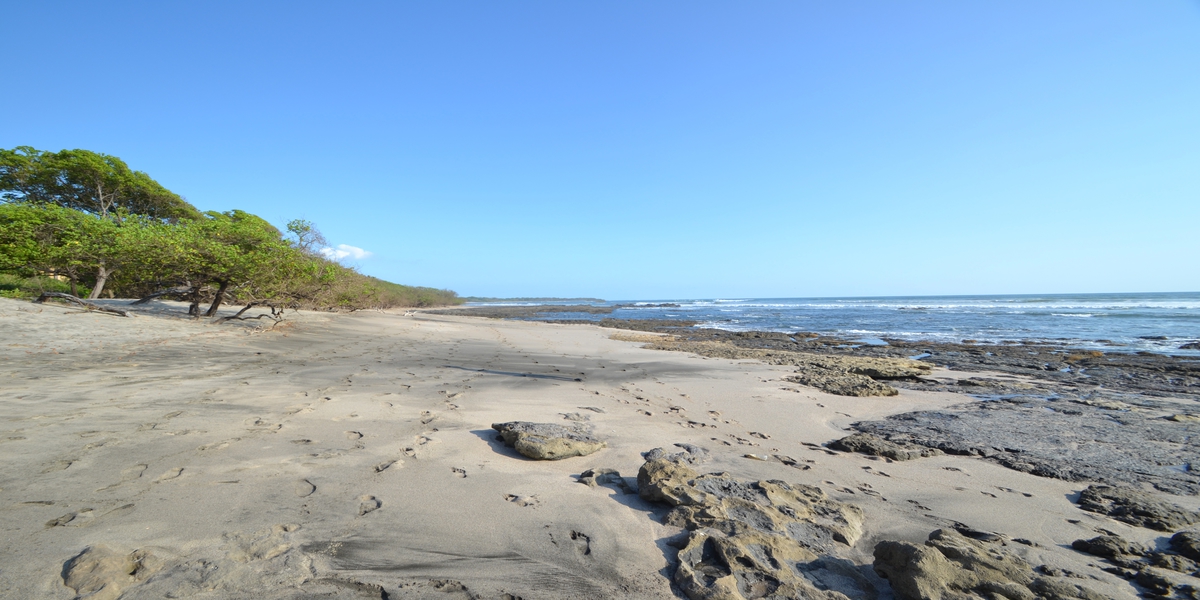My clients often suggest they’ll be renting a car to get around and tour the country, or upon arriving at the airport use the car as a ‘cheaper’ transportation option. Sometimes I have to just cringe. The driving experience here in Costa Rica is different than it is in North America and Europe. Best to understand a different strategy before getting behind the wheel. It's really not so bad if one is prepared!!
When renting a car, be sure you’ve confirmed a reservation; especially if made from a distance or over the internet. Do so one week and one day before arrival/pickup, even with the name brand rental companies. As long as you are driving is on principal roadways, 2wd should be adequate for your driving needs. Some car rentals are stick shift only. Are you comfortable with a clutch and shifting? Before leaving the rental lot, make sure the car’s air conditioning works well, there’s tread on the tyres, the windshield wipers function properly and efficiently without leaving streaks, you have a spare tyre with air and complete jack system, and all the lights work. Your car should also be equipped with an emergency warning triangle and jumper cables (make sure these have a thicker wire – the thin wired jumpers don’t work well). So now you are ready to leave the lot. Get yourself oriented and pointed in the right direction. As we were taught in driving school, check left rear – make sure your mirrors are all properly adjusted. And while sitting there, take a look at the speedometer; is it oriented to kph or mph. Roadways and directional signs are posted with speed limits in kph, and kilometers; which ultimately may or may not be useful information.
So now you are ready to pull out of the parking lot, right? Or have you already unbuckled your safety belt and turned the car back in… Driving strategies. Speed limits are typically not adhered to, especially on the principal highways. Go with the flow. You’ll find yourself sharing the road with many other vehicles and transportation modes: pedestrians, people on bicycles and scooters (sometimes a whole family on one bicycle), horseback riders, livestock, motorcycles, trucks, and cars that should have been flattened years ago. So all sizes and speeds. And the roads are typically narrow, with little or no shoulder. Pass all these people with sufficient clearance; they are not going to get out of your way. Become confident in your passing skills, and know how well your car accelerates. Passing is common and anticipated. Double yellow lines… a good suggestion and seldom regarded. Signaling is optional too. I do like the ‘curve ahead’ arrows when driving the hilly areas, a good guide to the roadway ahead.
Be sure you know where you are going by having and reading the quality detailed up-to-date map. Roadsigns are infrequent, directional arrows inconsistent, and even route markers (e.g. I-95) almost non-existent. Best to know which towns are along the way to verify you are on the right course. Try to learn which (real estate) developments, national parks, and hotels are in the direction in which you are headed and destined; most often these are better signed than the destination towns themselves. The good news is there are only so many main routes between places, so stay on those main courses. If possible, have someone give you specific directions like “turn left after the cemetery”, or “make a right turn at the intersection with Tres Hermanos Restaurant and gas station”. It may also be tricky adapt to signs that guide you as kilometers ahead vs miles ahead; one measurement is definitely farther than the other if your driving mentality is not adjusted accordingly. In the cities, specific streets and addresses are not marked; even though your destination may provide you with an “address”. More often, a location will be in reference to a standard landmark: 50m north of the Church. Speaking of gas stations, there are not gas stations on every corner. Although things are improving, anticipate gas stations few and far between. Fill up when your fuel tank shows 1/3 tank or less. Just sayin….
As mentioned, roads are narrower and without shoulder in most cases. As often as possible, I prefer to drive near the center line if it exists. Even on main highways, you may encounter potholes so be ready. If you see the car ahead of you slowing or veering in one direction, there’s probably a good reason. Road surfaces can vary from new carpets of asphalt, to older stretches with ruts, to areas under re-construction with hardpacked loose gravel, to no surface at all. In some places that have never had asphalt, a coating of molasses is sometimes applied in dry season to keep the dust down – you’ll probably notice a faint smell.
Driving at night is a whole different beast! Many of the ‘markers’ that were visible during the day disappear in the absolute darkness. Reflectors on the road generally don’t exist except for the newest roadways, so slow down a bit. Drive in the center of the road on those 2-lane routes, except when there’s oncoming traffic. Remember all those ‘things’ you were sharing the road with during daylight hours? They are still there at night, and practically invisible. Many of the bikes, motorcycles, and even cars don’t have working lighting systems; and may surprise you at the last moment. Nothing changes in their attitude about occupying the same road after dark - it’s your job to miss hitting them.
So driving can be fun and an interesting experience. Costa Rica does adhere to the North American standard of driving on the right side of the road. Just buckle up and enjoy the ride, and be sure to re-calibrate driving skills when returning ‘home’. This article is not meant to scare you from driving, rather prepare you for a different reality. Be alert, be defensive in your skills, and anticipate a great way to discover Costa Rica.
From a real estate perspective, I take accessibility seriously. How easy is it to ‘arrive’ from the airport, and how long will it take to reach your destination? After a long day of sitting on an airplane and waiting in airport lounges, the last thing most visitors & guests wish to do is drive another 2-3 hours in a foreign environment and over local access roads. The better developments and towns are situated convenient to transportation hubs, or at least easily accessible. It is these developments in which you’ll find the most success for vacation rentals, if that is one of your objectives. Check out these popular locations:
 Reserva Conchal: Situated around a Robert Trent III designed golf course, this destination offers the security of a gated community, a balance of single family homes, condominiums, luxury townhomes, and the Westin Hotel within an hour’s drive of Liberia International Airport. Enjoyed by full time residents and guests seeking tropical retreat, residences enjoy spectacular ocean and golf course views, access to a full array of activities for every adventure level, and the balanced sense of predictability.
Reserva Conchal: Situated around a Robert Trent III designed golf course, this destination offers the security of a gated community, a balance of single family homes, condominiums, luxury townhomes, and the Westin Hotel within an hour’s drive of Liberia International Airport. Enjoyed by full time residents and guests seeking tropical retreat, residences enjoy spectacular ocean and golf course views, access to a full array of activities for every adventure level, and the balanced sense of predictability.

Hacienda Pinilla: A sense of the hacienda lifestyle, this exclusive luxury beachfront eco-community with 3 miles of unspoiled coast, signature golf course, equestrian facilities, green zones, tropical fruit orchards, beach club, spa and J.W. Marriott epitomizes lifestyle perfected!
Tamarindo Beach: A big “spot on the map” with regard to destinations in Guanacaste Costa Rica. Surfer friendly, family oriented, amenities and activities for all age groups and interests, and distinctive vibe sets this town apart from most others along the coast. You can find just about everything you really need here, and Tamarindo has proven an excellent real estate investment which continues to thrive. The beach is a main draw, and by basing oneself here you can visit most all of Costa Rica’s regions, natural features, and attractions within a few hours’ drive.

Be safe, have fun, and be out here! Pura Vida at its best.






